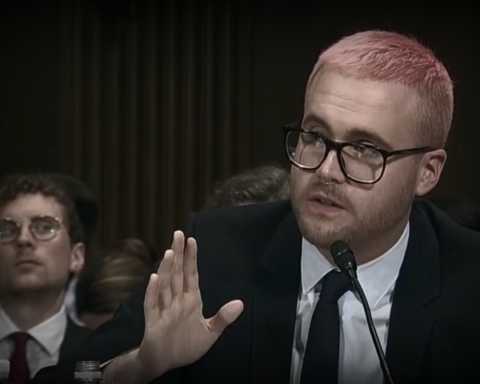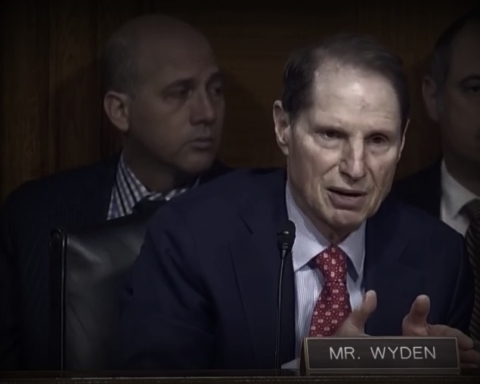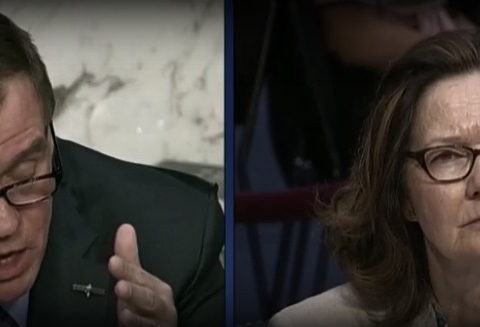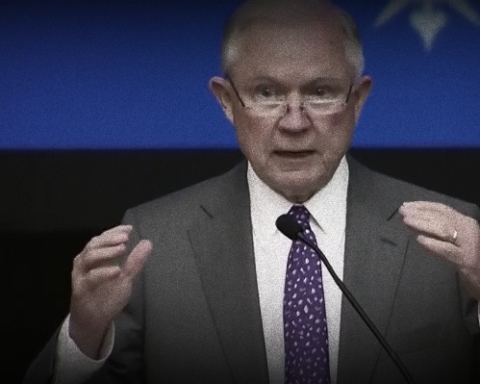Internal Bureau of Land Management memos instructed employees during the Bundy Ranch standoff to hide the fact they worked at the agency out of fear they would be targeted by anti-government protestors.
The documents, released after a Freedom of Information Act request was filed by the watchdog group Public Employees for Environmental Responsibility, shed light on how BLM dealt with the armed uprising last year.
“At this time I recommend keeping a low profile and not to wear anything that says you work for the BLM,” an April 15, 2014 memo said to all agency staff.
The supervisor also instructed agents to document their specific locations and planned return times, and to “double up” when going out on into the field.
“Due to the recent Cattle Impoundment down in Nevada, we are asking employees to take extra safety precautions out in the field and in our BLM Offices, parks and other facilities,” the memo reads, noting that the incident has “shed a lot of negative attention and misinformation on the BLM.”
As a result, employees were instructed to “not engage with the public” on questions about the ongoing situation at the Bundy Ranch.
Other documents included in the release instructed employees on how to handle and log the high volume of threats they were receiving at the time. Management assured staff that local police were “increasing patrols and checks” at BLM facilities.
Although the records show some degree of concern on behalf of management at BLM for the safety of their employees, they do not give any indication why the agency ultimately decided to back down in the Bundy Ranch standoff. Nor did the cache demonstrate how the agency plans to respond to similar situations in the future—internal deliberations that PEER was hoping to obtain.
After BLM resisted releasing documents for a year in response to the FOIA request, PEER alleged that the agency wasn’t doing enough to protect its employees. The group also questioned the agency’s mettle to protect public lands.
“The public…deserves to know whether and how the agency is changing its approach to handling charged situations such as the Bundy incident,” PEER argued in a court filing earlier this month to force BLM to honor the group’s FOIA request.
The lack of details in Wednesday’s document release left PEER’s Executive Director Jeff Ruch unsatisfied.
“In the aftermath of this incident, BLM apparently did not analyze either its effects or what to do if it happened again,” he said in a press release.
“When the history of this episode is written, BLM seems determined to contribute as little as possible,” he added.
Ruch went on to blast the lack of openness at the agency, and the knock-down drag-out that preceded the release.
“Despite operating in what is self-described as ‘the most transparent administration in history,’ this exercise has been as productive as squeezing blood from a turnip,” he said.
Last weekend, marking the one-year anniversary of his showdown with BLM agents, Cliven Bundy hosted a three-day celebration at his ranch featuring live music and speeches from his armed supporters.
He still owes over a million dollars for letting his cattle illegally graze on public lands for decades.
In response to inquiries from the Las Vegas Review Journal, BLM said last week it’s still committed to holding Bundy accountable.
“The Bureau of Land Management remains resolute in addressing issues involved in efforts to gather Mr. Bundy’s cattle last year and we are pursuing the matter through the legal system. Our primary goal remains, as it was a year ago, to resolve this matters safely and according to the rule of the law,” the agency said.






